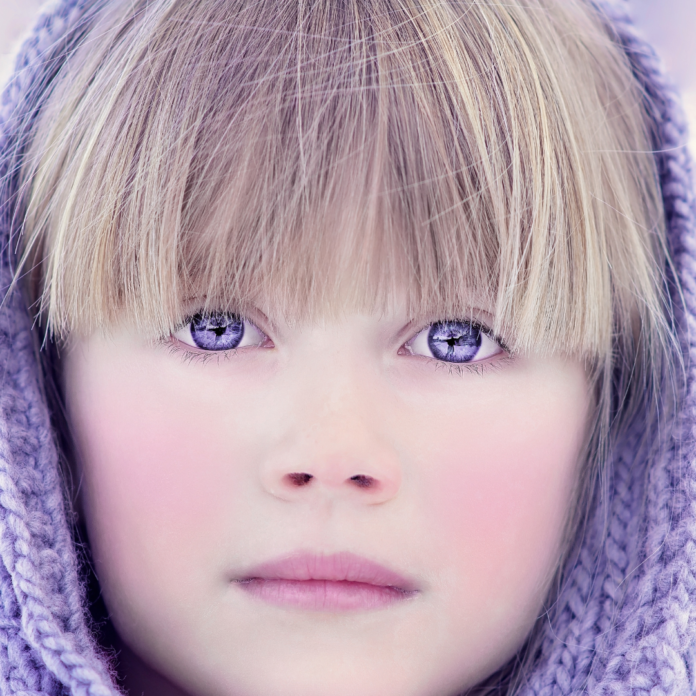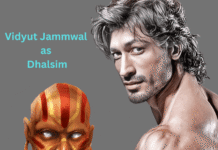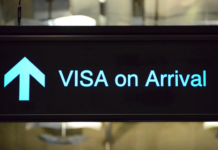Identifying AI generated images can be challenging as the technology behind these images becomes increasingly sophisticated. However, several key points can help in distinguishing between AI-generated and human-created visuals. Understanding these points can be crucial for various applications, from verifying the authenticity of images in news media to spotting fake content online.
1. Inconsistencies and Anomalies
One of the primary indicators of AI-generated images is the presence of inconsistencies or anomalies. AI models, despite their advancements, can struggle with certain details. For instance, if you closely examine an AI-generated image, you might notice issues like distorted or poorly rendered backgrounds, inconsistent lighting, or unnatural color gradients. Faces generated by AI may have unnatural asymmetries or odd textures that deviate from typical human features. In text-heavy images, AI can also create text that is garbled or nonsensical, which can be a red flag.
2. Artifacts and Over-processed Details
AI-generated images sometimes exhibit artifacts or over-processed details that are less common in human-created visuals. These artifacts might include blurred edges, strange patterns, or overly smooth textures that lack the natural variation found in real-life images. For instance, in a digitally created portrait, the texture of the skin might appear unnaturally smooth or lacking in pores and fine lines, which are typically present in real human skin. Similarly, objects in the image might have strange reflections or shadows that don’t align with the light source, indicating an artificial creation.
3. Contextual and Environmental Irregularities
The environment and context of an image can often reveal its AI origin. AI models may struggle with accurately replicating complex environments or interactions between objects. For example, an AI-generated image of a street scene might feature oddly placed or proportioned objects, incorrect reflections in windows, or unnatural interactions between light and surfaces. Contextual errors, such as anachronistic elements or unrealistic combinations of objects, can also be a giveaway.
4. Unusual Facial Features and Expressions
AI-generated faces can sometimes exhibit unusual or unnatural features. For instance, the symmetry of facial features might be too perfect, or expressions may appear stilted or overly exaggerated. The subtleties of human emotion, such as the way wrinkles form or the natural asymmetry of a smile, can be difficult for AI to replicate accurately. Anomalies such as mismatched eyes or irregularities in the alignment of facial features can signal that an image has been generated by an AI.
5. Repetitive Patterns and Lack of Originality
AI algorithms can sometimes produce repetitive patterns or lack originality in image creation. For example, in AI-generated art or design, you might notice that certain elements or patterns appear repeatedly in different images. This can happen because the AI draws from a limited set of data or relies on certain stylistic tropes. Repetitive or overly familiar design elements may indicate that an image was created using AI rather than human creativity.
6. Metadata and Technical Analysis
Analyzing the metadata of an image can provide clues about its origin. Metadata, such as EXIF data, can sometimes reveal whether an image was generated by an AI model. AI-generated images may lack certain metadata elements that are typically present in photographs taken by cameras or may include unusual metadata that indicates the use of specific software. Technical analysis using software tools can also reveal the presence of compression artifacts or other indicators of digital manipulation.
7. Deepfake Technology and Advanced Techniques
With the rise of deepfake technology, AI-generated images can be extremely convincing. Deepfake algorithms can create highly realistic faces and scenes, making it harder to detect fakes. However, deepfakes may still exhibit subtle flaws, such as inconsistencies in the movement of facial features, unnatural blending of elements, or slight distortions around the edges of objects. Being aware of these advanced techniques and their limitations can aid in identifying AI-generated content.
8. Contextual Verification
Finally, verifying the context in which an image appears can help in assessing its authenticity. Cross-referencing images with reliable sources or using reverse image search tools can provide additional information about the origins of an image. If an image seems out of place or lacks credible sourcing, it may be worth investigating further.
In summary, identifying AI-generated images involves looking for specific inconsistencies, anomalies, and artifacts. By scrutinizing details like facial features, contextual elements, and metadata, and being aware of the limitations of current AI technologies, you can improve your ability to discern between genuine and artificial images. As AI technology continues to advance, staying informed about these indicators will be crucial for maintaining the integrity of visual information.







